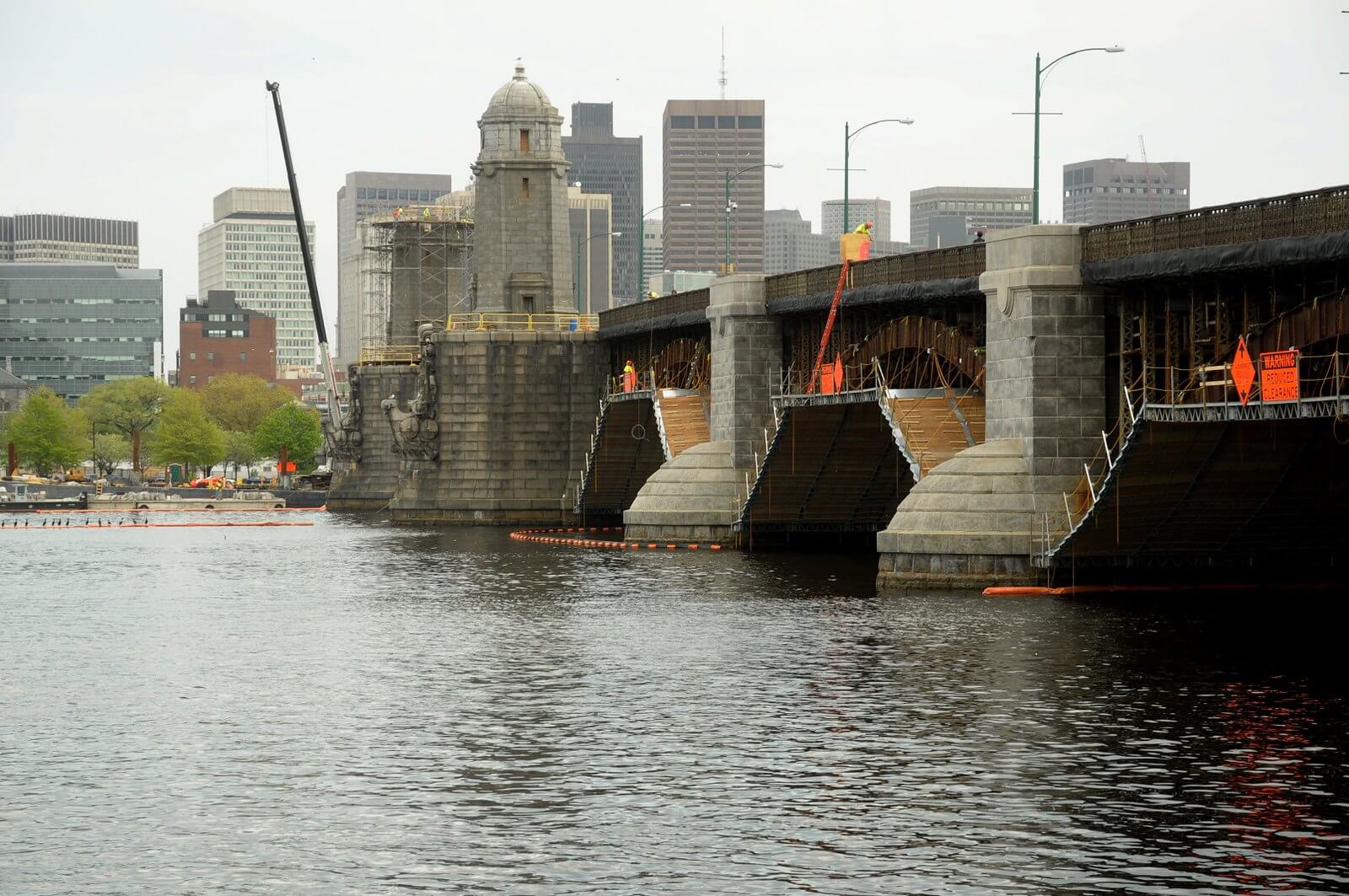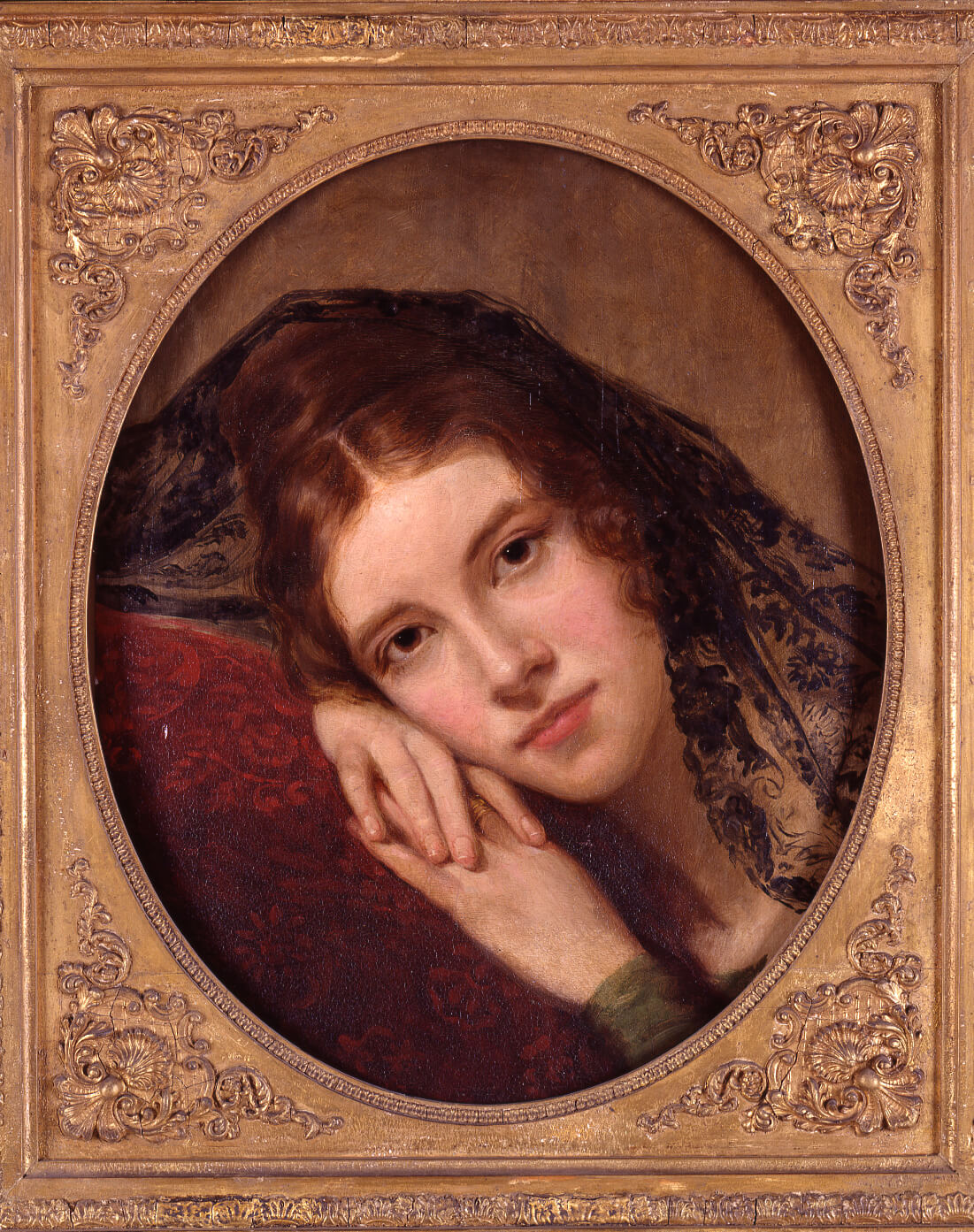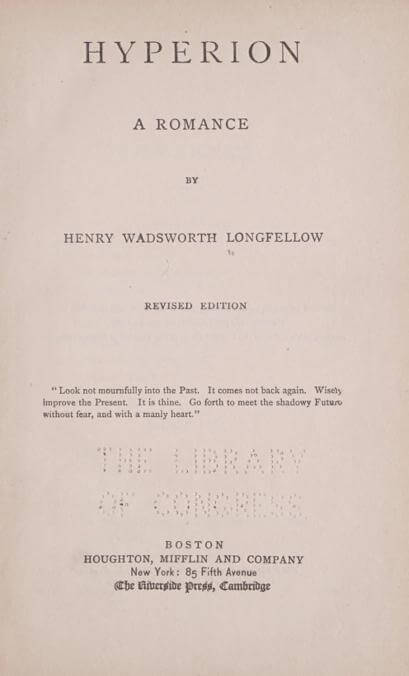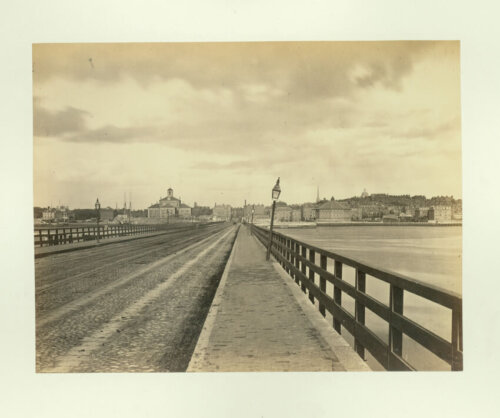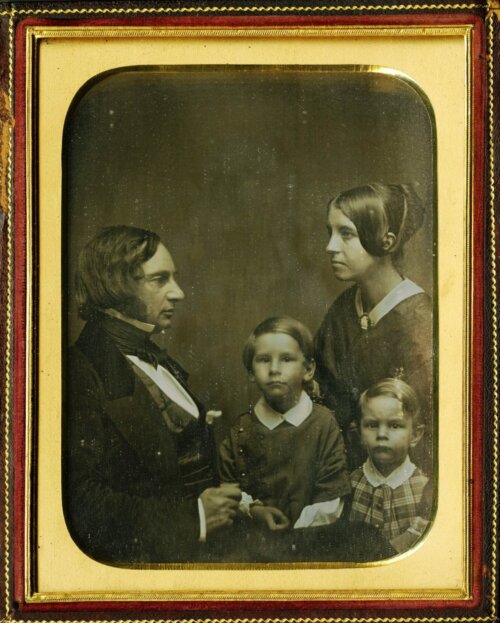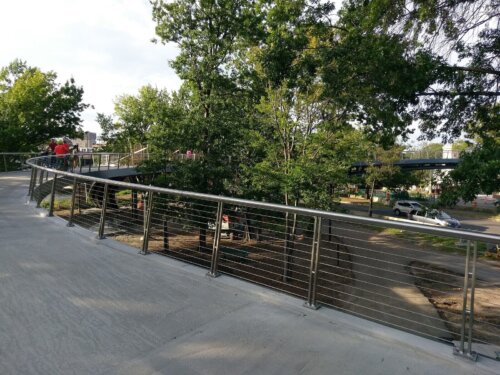Frances Appleton and Henry Wadsworth Longfellow: A Romance Spanning the West Boston Bridge
Two modern day bridges, the Longfellow Bridge and the Frances Appleton Footbridge reflect the love story of one of America’s great poets. The journey to Longfellow and Appleton’s happy marriage is tied to Longfellow’s many trips across the West Boston bridge in a persistent attempt to reach his love.
In 2018, a pedestrian bridge opened in the West End. Fully accessible and offering great views of the Charles River, it provided a safe and pleasant way to cross over Storrow Drive to the Esplanade. The project ran in parallel to the restoration of the Longfellow Bridge which ended in 2018. The bridge’s name, the Frances Appleton Footbridge, suggested by the Esplanade Association might seem random at first. The choice becomes clearer upon learning that, in life, Appleton would have been known by her married name, Mrs. Professor Henry Wadsworth Longfellow. The celebrated poet and namesake of the nearby Longfellow Bridge left a profound mark on the American mythos thanks to his fictionalized account of “Paul Revere’s Ride”. Appleton and Longfellow were deeply devoted to each other during their eighteen year marriage, but the reason why their love story is so well represented by a pair of bridges is a moving story on its own.
Frances Appleton (1817-1861) was born to a privileged family of Boston industrialists involved in the founding of Lowell, Massachusetts. Appleton was highly educated for a woman of her day. She attended the Elizabeth Peabody School and had a passion for classical literature. In 1836, Appleton, her father, siblings, and cousins, traveled to Europe for what was then known as the grand tour. They visited cultural centers, museums, and interacted with European elites. It was on this tour that Appleton first met a young Harvard professor of Modern Languages: the newly widowed Henry Wadsworth Longfellow.
The Bowdoin College-educated poet was born in Maine and had begun his career teaching at his alma mater. He then accepted a position at Harvard. Longfellow rented rooms at Craigie House at 105 Brattle Street in Cambridge (today the Longfellow House-Washington’s Headquarters National Historic Site). He had traveled to Europe to brush up on his language skills. It was in Switzerland that he encountered Appleton and her party. Connecting over their shared love of literature and mutual understanding of family tragedies – Longfellow had recently lost his first wife while Appleton had lost several family members to tuberculosis – they began a courtship spurred on mostly by Longfellow.
When both returned to Boston, Longfellow sent Appleton poetry and flowers and would walk the hour and half journey from Cambridge to Beacon Hill each week to visit her. As he traveled, Longfellow would cross the river at the West Boston bridge. The courting continued for several years, but Appleton gradually lost interest. By 1839 it seems as though there had been a failed proposal and a falling out between Appleton and her paramour. In response, Longfellow wrote Hyperion: A Romance, a thinly-disguised retelling of his experience of courting Appleton. The novel expressed his disappointment over his unrequited love. Appleton was not pleased with his public airing of grievances, and the two drifted apart for several years.
However, in April 1843, they became reacquainted and quickly grew close. By July they had fallen in love and gotten married. According to some sources, Longfellow was so excited to receive her affirmative answer to his proposal that walked straight across the West Boston Bridge to see her in person. What caused Appleton’s sudden reversal will probably remain unknown. Still, she and Longfellow maintained a happy and dedicated relationship for the rest of her life.
The years of Fanny and Henry Longfellow’s marriage were split between their house in Cambridge during the school year and summers in Nahant. The couple had six children, five of whom lived to adulthood, and kept a warm and loving home. Appleton would often read aloud to her family and wrote numerous letters. Appleton was often her husband’s muse and their marriage unleashed over a decade of productivity from the poet. Longfellow wrote many of his most famous pieces during this time.
Sadly, a tragic accident befell the couple in 1861 when Appleton’s skirts caught fire while using a candle. Longfellow suffered severe burns attempting to put out the flames. She died the next day and her husband was consumed by grief.
The love story between Frances Appleton and her husband Henry Wadsworth Longfellow may have ended in tragedy over 150 years ago, but they are honored today with paired monuments that bear their names. The bridges, within view of each other, stand near the same crossing which Longfellow used over and over. The couple also shares a literary legacy that lives on in the form of a poem memorializing their courtship. Longfellow’s 1845 poem, “The Bridge” reflects his experience of crossing over the Charles River on the West Boston Bridge to reach Appleton. It remains a romantic expression of longing towards a lover who was out of reach, just on the other side of the Charles River.
Article by Jaydie Halperin, edited by Bob Potenza
Source: Boston Preservation Alliance, “Longfellow Bridge”; Ken Bresler, “Longfellow Bridge” (Mass Poetry); The Editors of the Encyclopaedia Britannica, “Henry Wadsworth Longfellow”; Esplanade Association, “The Romantic Story Behind the new ‘Fanny’ Appleton Footbridge”; Henry Wadsworth Longfellow, “The Bridge”, Poetry Foundation; Maine Historical Society, “Henry’s Life in Cambridge”; Massachusetts Bay Transit Authority, “Longfellow Bridge Restoration”; National Parks Service, “Fanny & Henry: A Romance”, “Fanny Longfellow”, “Longfellow at Home and In Print,” and “Henry Wadsworth Longfellow” by Matthew Gartner; New England Historical Society, “The Long Footsore Courtship of Henry Wadsworth Longfellow”; New York Times, “Death of Mrs. Longfellow” (July 12, 1861); Solomon Foundation, “Frances Appleton Bridge”.


